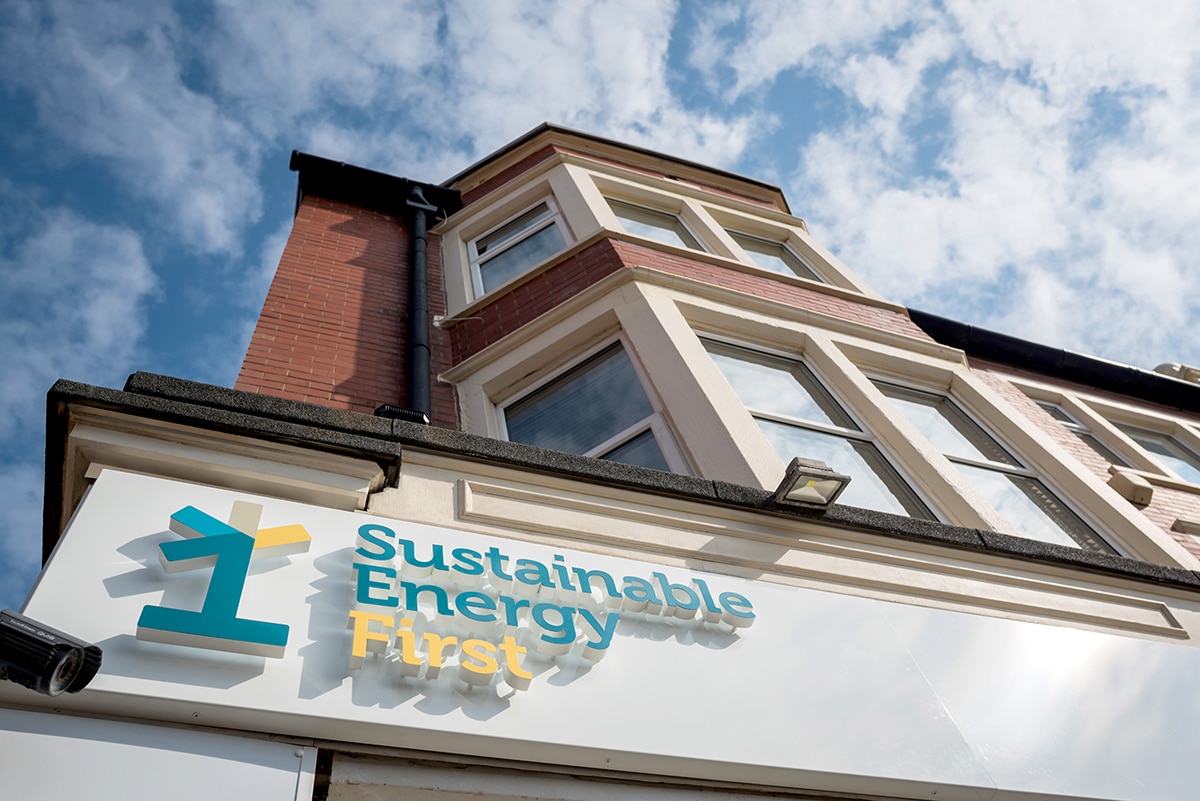22nd June 2021
As NHS Trusts begin to plot their path to achieve net zero by 2045, all are faced with the challenge of how to successfully decarbonise heat. One of the potential solutions currently being debated is hydrogen heating. In this blog we break down the different types of hydrogen and discuss whether hydrogen is a feasible option for the NHS.
How is hydrogen produced?
Although abundant on earth as an element, hydrogen is almost always found as part of another compound, such as water (H2O) or methane (CH4) and must be separated into pure hydrogen (H2) for use as a heating solution. Hydrogen can be produced from diverse, domestic resources including fossil fuels, biomass, and water electrolysis with electricity. The environmental impact and energy efficiency of hydrogen depends on how it is produced.
Different types of hydrogen
Grey hydrogen
This is the most common form of manufactured hydrogen, it’s created from fossil fuels and the process releases carbon dioxide which is not captured. The most common method is to strip the carbon out of methane in a process involving water called “steam reforming”. Grey hydrogen accounts for most of the production today and emits about 9.3kg of CO2 per kg of hydrogen production. As the carbon is not captured it’s not a viable net zero option.
Blue hydrogen
Blue hydrogen uses the same process as grey, except this time the carbon is captured and stored underground via industrial carbon capture and storage (CSS). That is why Blue hydrogen is often considered a carbon neutral energy source, even though “low carbon” would be more accurate since around 10-20% of the generated CO2 cannot be captured. As a result, blue hydrogen on its own will not get the NHS to net zero. It should also be noted that the use of fossil fuels as feedstock is not a long-term sustainable options as the resources are limited and require energy to extract from the ground.
Green Hydrogen
Often also referred to as “clean hydrogen”, rather than using fossil fuels, green hydrogen is made by using a process called electrolysis to split water into hydrogen and oxygen. If that process is powered by a renewable energy source, such as wind or solar power, then the hydrogen is referred to as being green. A secondary benefit is that the oxygen produced during the electrolysis process may be suitable for use in hospitals.
As green hydrogen is produced from emission free sources it is sometimes considered the silver bullet of decarbonised heating but it comes with some significant caveats…
Is hydrogen efficient?
The manufacture of hydrogen is not 100% efficient. Green hydrogen for instance requires approximately 100kWh of electricity to create 60kWh of heat. Whereas if a heat pump was used you would be able to turn the 100kWh of electricity into 300-500kWh of heat! So heat pumps are significantly more efficient, although a heat pump may not be able to achieve the higher temperatures of existing heating systems.
Is it cost effective?
Scientific studies conclude that hydrogen is not currently competitive for space heating as air-source heat pumps are at least 50% lower cost than the hydrogen-only technologies. It has been calculated that if natural gas costs were 50% lower or renewable electricity prices were 50% higher in 2050 compared to central assumptions, heat pumps would still be more cost-effective than hydrogen boilers or fuel cells.
Green hydrogen is currently in short supply which will keep costs high. To increase supplies a huge amount of electricity from wind and solar power is required to meet national demand. Some current estimates are that more offshore wind capacity will need to be installed than in the previous 20 years, every year for the next 30 years. Electrolysers will also need to be built on a larger scale than there has been previously.
Is it safe?
Hydrogen has a lower explosive limit than natural gas and will escape from small leaks much more readily, so any use of hydrogen on a hospital site would require a significant risk assessment to be carried out and may require modifications to boiler houses to both detect hydrogen leaks and to mitigate against any such leaks.
How much Hydrogen is available?
As noted above, there is very little green or low-carbon available currently. In the December 2020 Energy White Paper, the UK Government has targeted an annual production of 42TWh of low-carbon hydrogen production by 2030. However, this appears to be within the context of Industrial energy use where high temperature processes such as ceramics and metalworking require physical combustion of gases.
It should be noted that the UK currently uses around 500TWh per year of natural gas for domestic, commercial and industrial uses (not including consumption for power stations) and it is likely that most of the early hydrogen production will be earmarked for Industrial processes and transport rather than for space heating and domestic hot water.
The European Union has formed a clean hydrogen alliance and is developing “hydrogen valleys” which use the offshore wind capacity of the North Sea to power electrolysers. The longer-term plan is to use the existing natural gas pipeline network to enable the transportation of hydrogen across the continent.
These are just a couple of examples of the commitments countries are making to develop hydrogen strategies to achieve net zero, as more investment is made and more innovations created hydrogen will become a much more viable option. Whether those advancements are achieved in time for the NHS to implement them ahead of the 2040/2045 net goals is still unclear.
A viable option for the NHS?
As things stand currently the answer would be no, hydrogen has a role to play but the supply does not currently exist to meet demand so it’s most likely that hydrogen will form part of a mix in heating systems, and some of the supply will be imported from other countries.
Targets on sustainability are moving quickly though and objectives such as electric vehicle roll-outs have already been moved forward, so it remains possible that hydrogen roll-out will become more ambitious in the future and may ultimately play a greater role in a decarbonisation strategy. However, it would be prudent to make plans that do not rely on this!
As outlined already, heat pumps are already proven and would currently be a more effective, efficient and immediate solution.
To speak to one of our experts about your Trusts plans to decarbonise contact us on 01253 785294
Register for our hydrogen webinar
As a follow up to this blog we will be hosting a webinar on the 8th July 2021 to further discuss the feasibility of hydrogen as a net zero solution. We will discuss:
- Why hydrogen is being suggested as a solution
- Whether hydrogen is really ‘green’
- The secondary benefits of hydrogen
- Practical considerations & risk
We also want to hear from you, if you have queries about the use of hydrogen as a net zero heating solution in the NHS please include your questions in the registration form. Alternatively, you can send them to marketing@inenco.com





